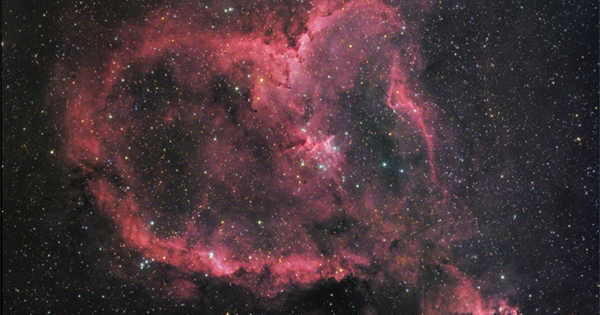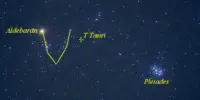Uranus is the next stop. Within the next ten years, an important group of experts is suggesting that a space research mission to extensively investigate Uranus should be a major priority. NASA should focus on deploying an interplanetary mission to explore the ice giant planet within the next decade, according to the newest Planetary Decadal report. They believe this hypothetical expedition may include sending an atmospheric probe and an orbiter to the Sun’s seventh planet in the aim of learning more about ice giants.
Every ten years, the decadal survey, which is compiled by scientists from the National Academies of Sciences, Engineering, and Medicine in the United States, is issued to suggest space exploration initiatives for the following decade. In comparison to most of our other planetary neighbors, we still know very little about Uranus’ interior composition. The planet is thought to have a gaseous hydrogen and helium atmosphere, an ice mantle, and a rocky core in the center, although further details are still scarce.
After all, the Voyager-2 probe’s short flyby of Uranus in 1986 was the only time astronomers got a close look at the planet. The spacecraft approached the planet’s cloud tops at a distance of 81,500 kilometers (50,600 miles), revealing ten new moons, two new rings, and a strong magnetic field. Uranus has only been explored from afar using telescopes and such since this brief visit. Interplanetary probes haven’t paid much attention to Neptune, another frozen giant that looks a lot like Uranus. Uranus, on the other hand, made the cut for this current proposal since it is a little simpler to go to and study.
While a journey to Uranus is high on the priority list, the paper also suggests focusing on a voyage to Enceladus, Saturn’s fascinating moon, in search of signs of life. This tiny moon, which is covered in an ice crust and possesses a global ocean of water underneath its surface, might be a potential habitat for alien life beyond Earth.
The Cassini spacecraft identified hydrogen in a plume of gas and frozen particles ejected from Saturn’s moon Enceladus by NASA. The discovery indicates that the tiny, frozen moon, which has a global ocean under its surface, possesses a source of chemical energy that may be valuable to bacteria, should they exist. The discovery also adds to the growing body of data that heated, mineral-laden water is gushing into the ocean from undersea vents.
Such hydrothermal vents on Earth sustain robust populations of life in utter darkness. Enceladus currently looks to have all three components that scientists believe life requires: liquid water, an energy source (such as sunlight or chemical energy), and the correct chemical compounds (like carbon, hydrogen, nitrogen, oxygen).
Cassini has been unable to detect life on Enceladus and has discovered no indication that it is inhabited. However, if life exists there, it indicates that life is most likely prevalent across the universe; if life has not developed there, it indicates that life is more complicated or unlikely than we previously believed. In any case, the ramifications are enormous. Future visits to this ice moon might reveal whether or not it is habitable.
















